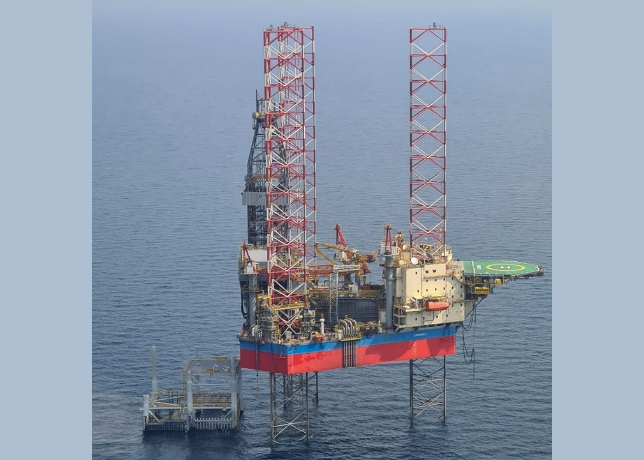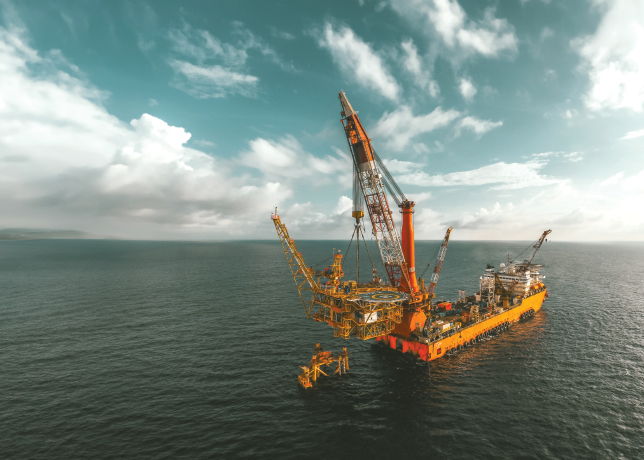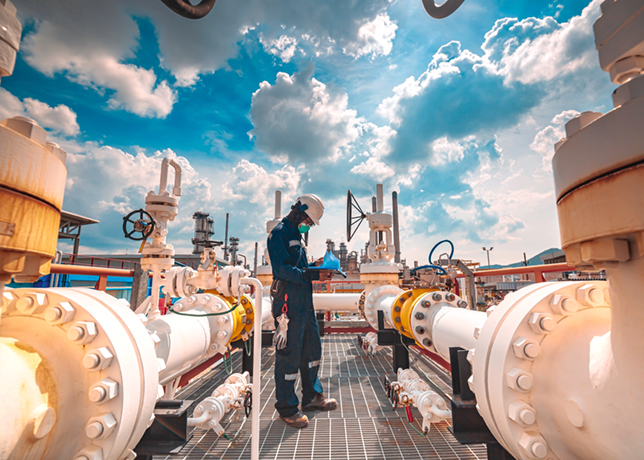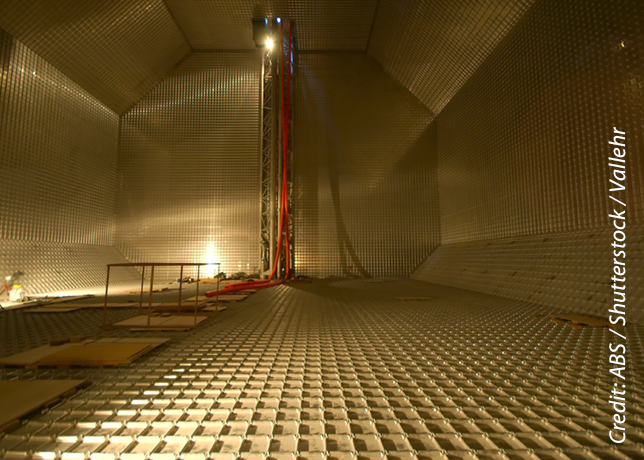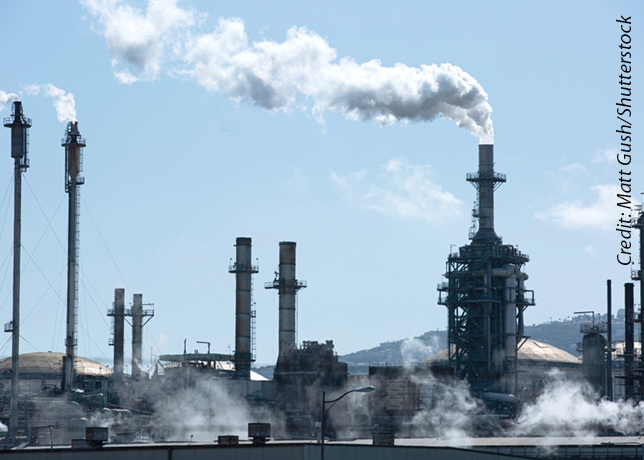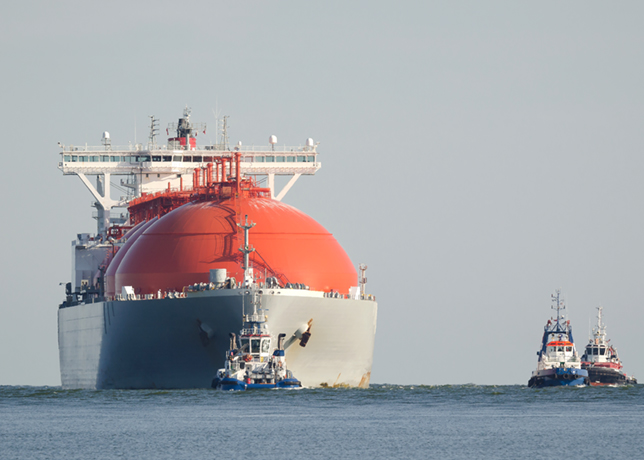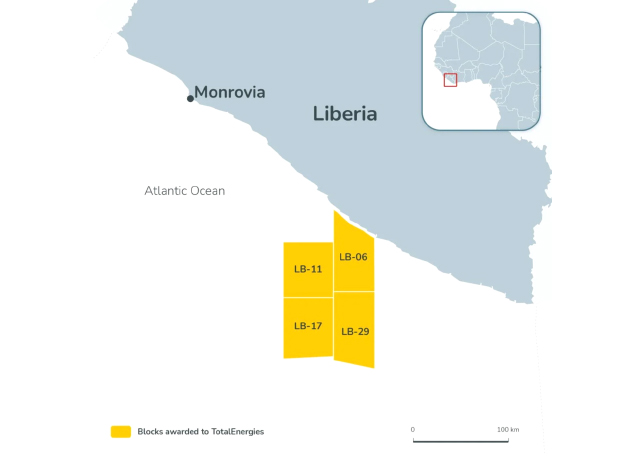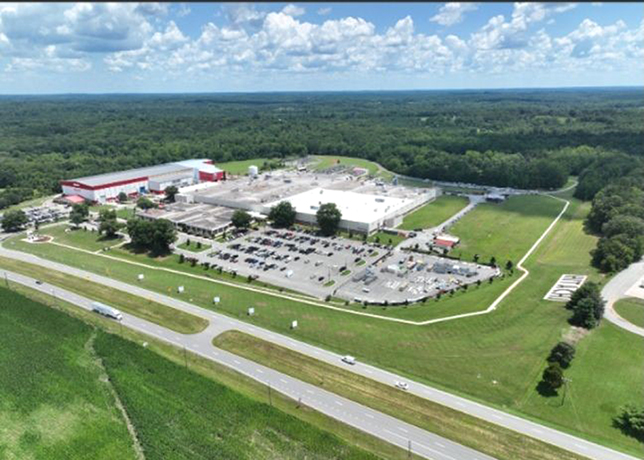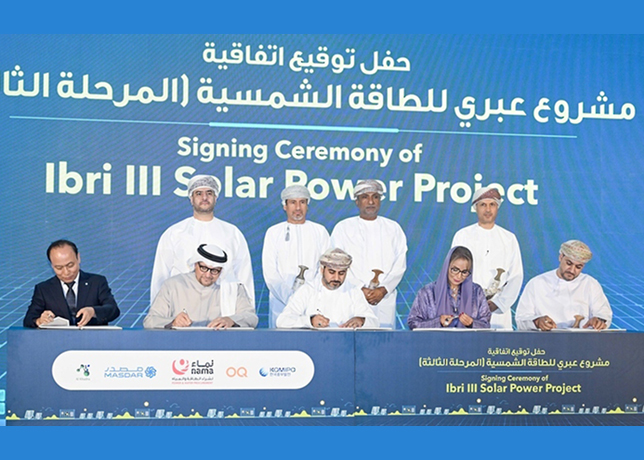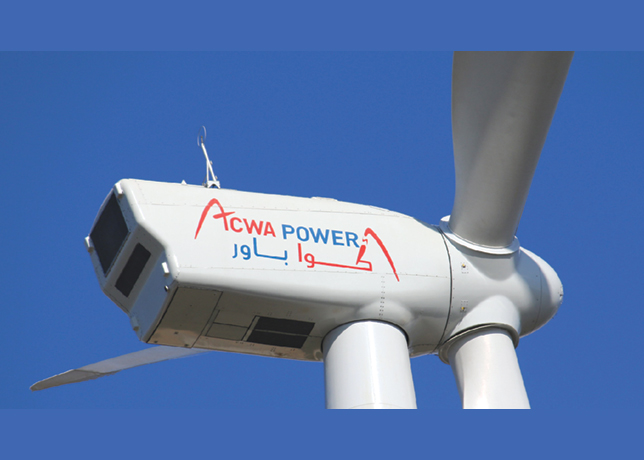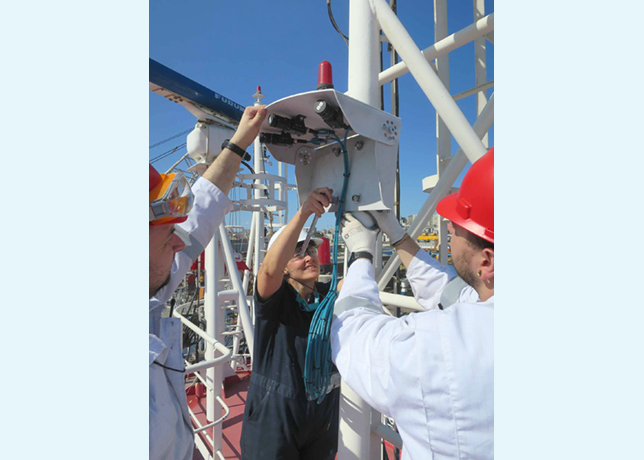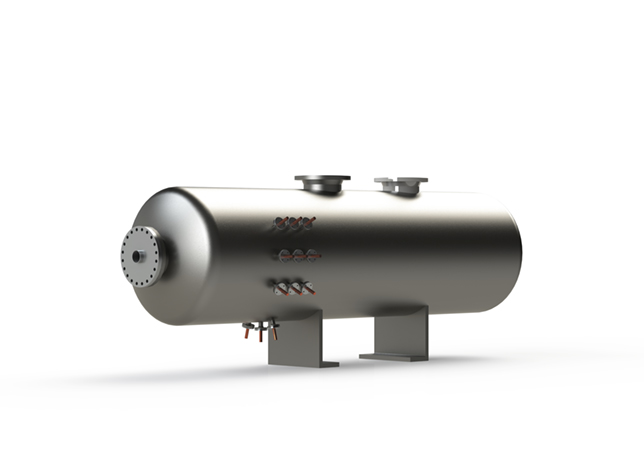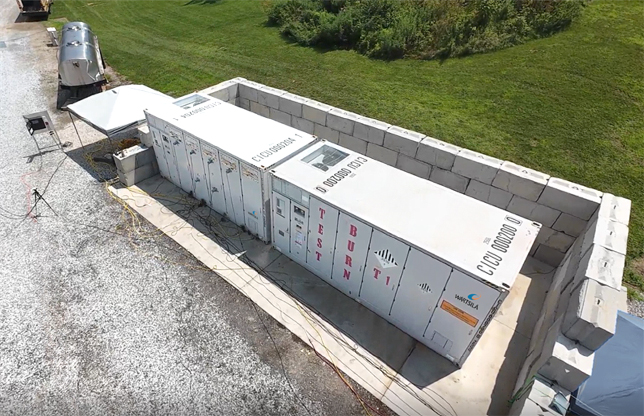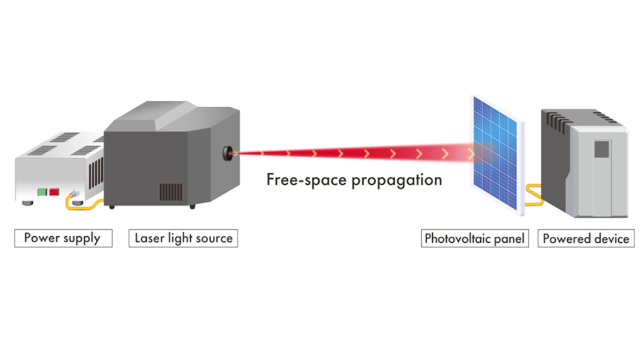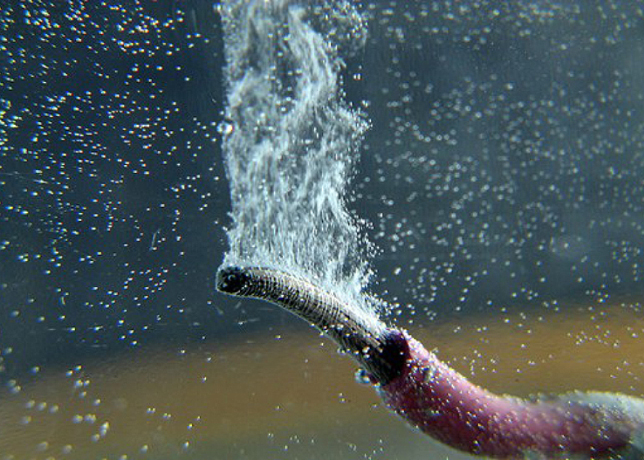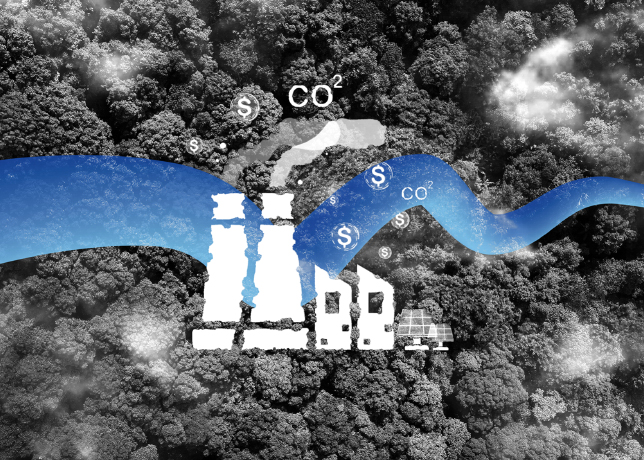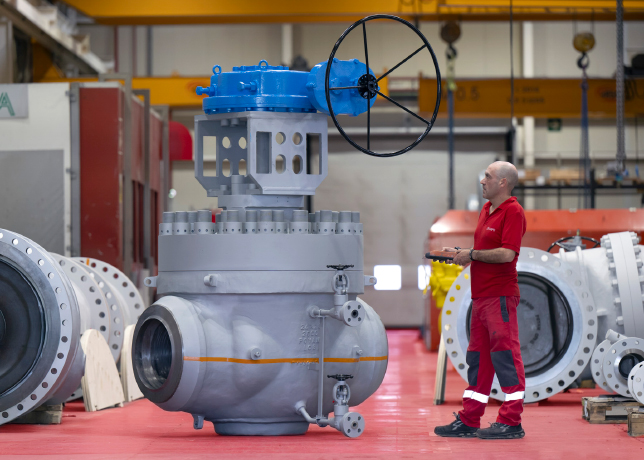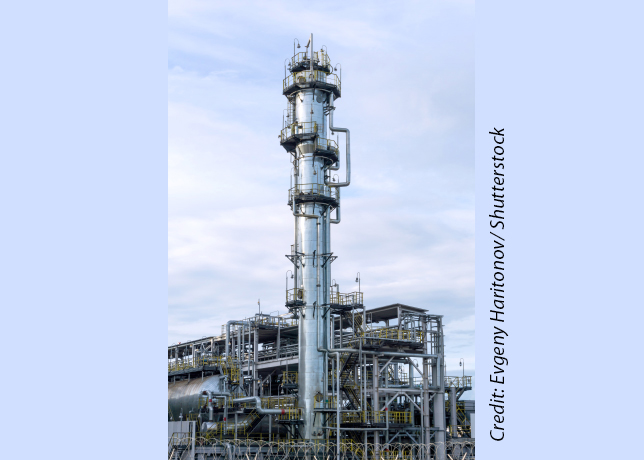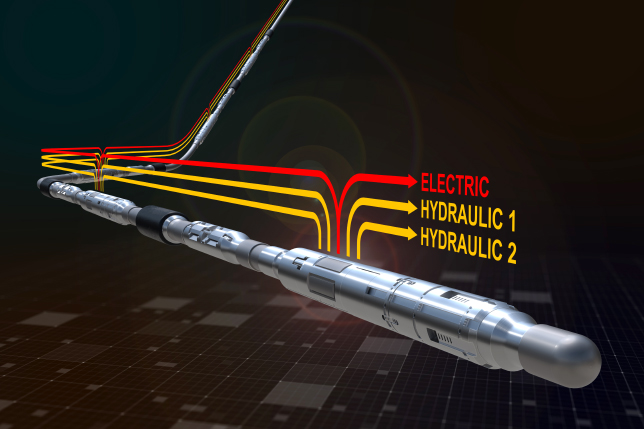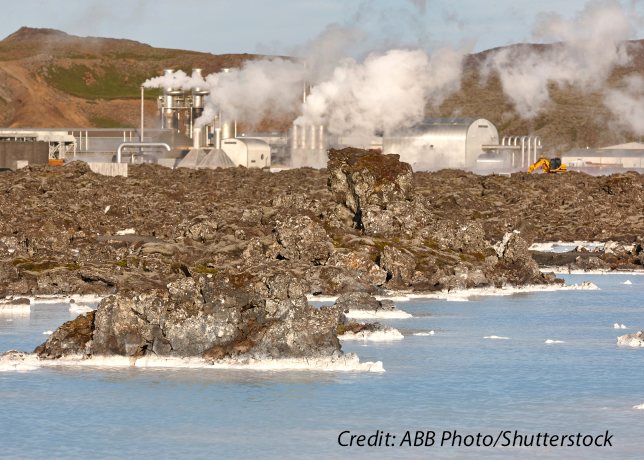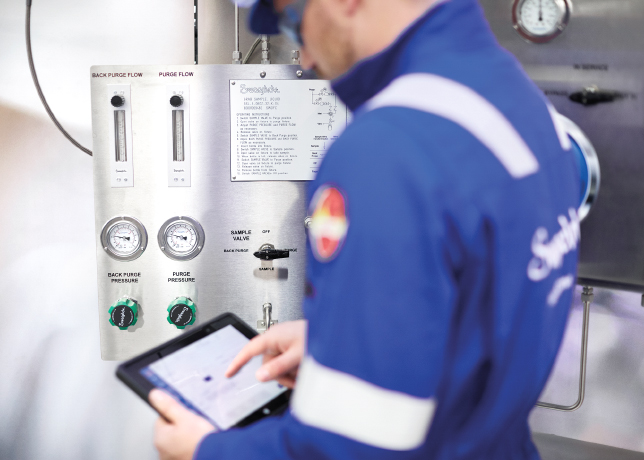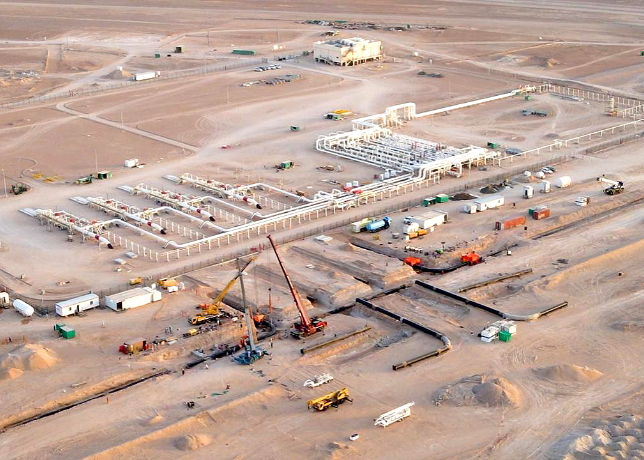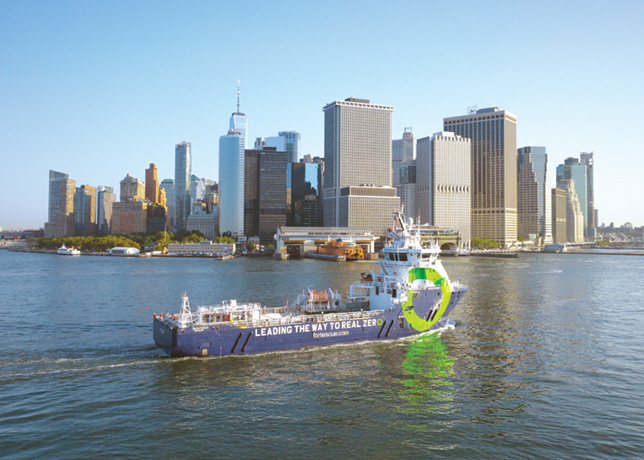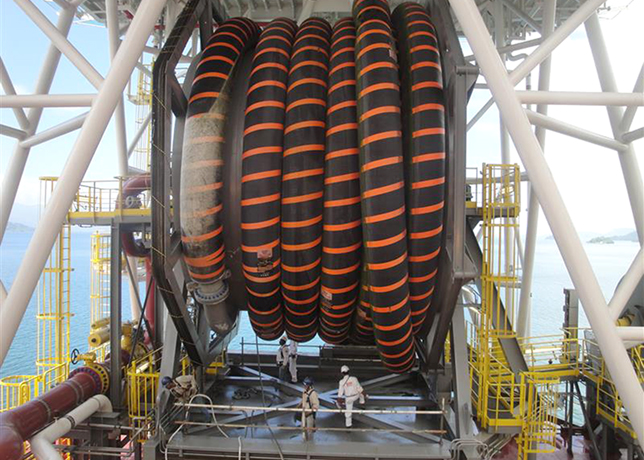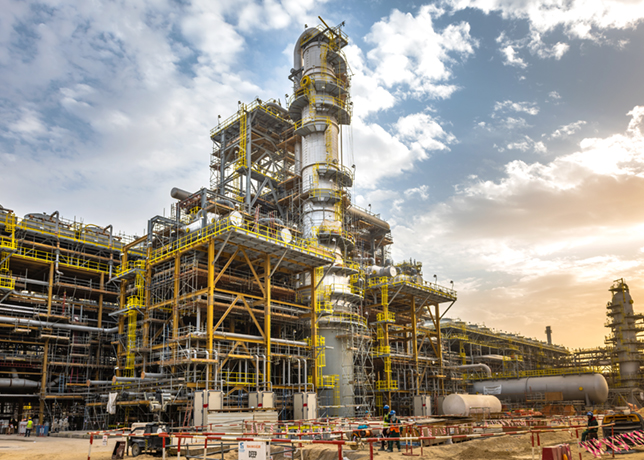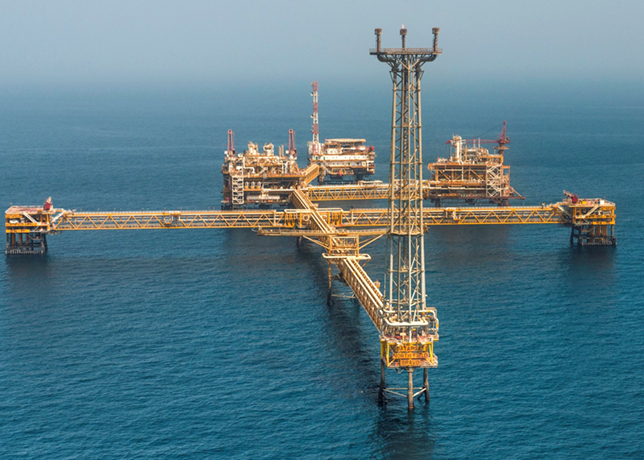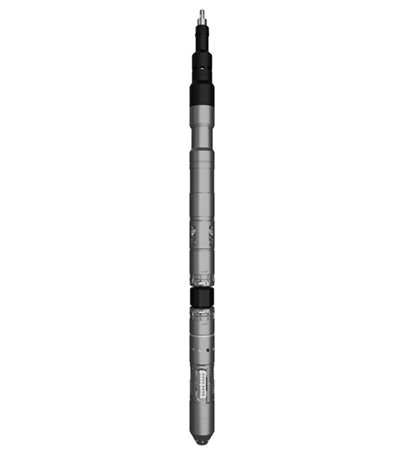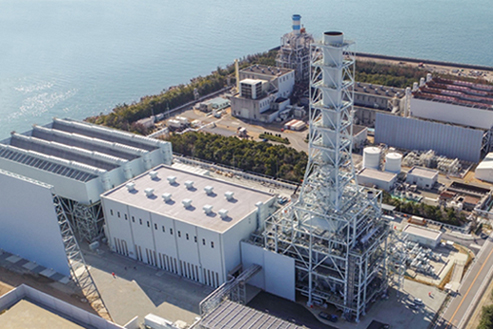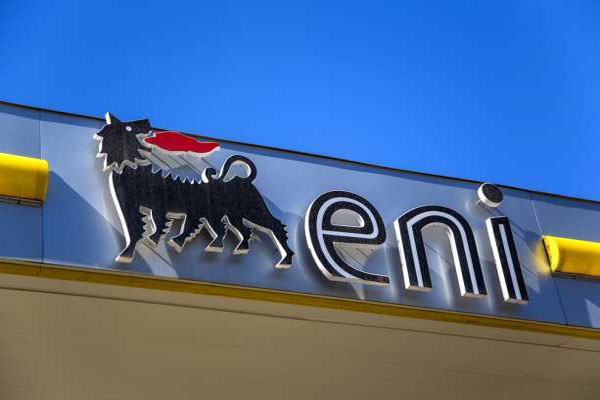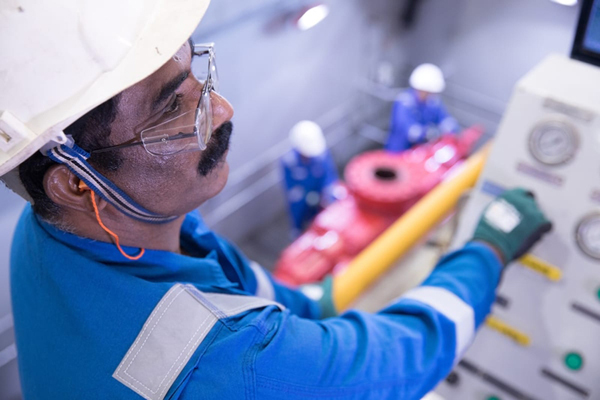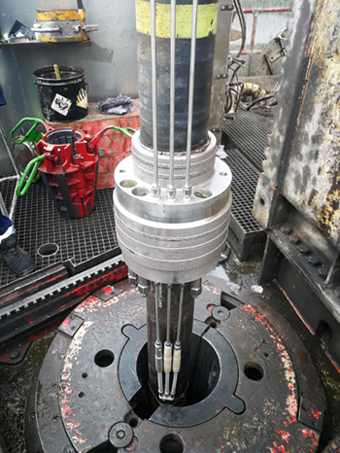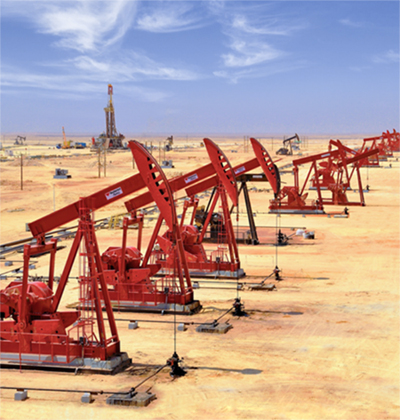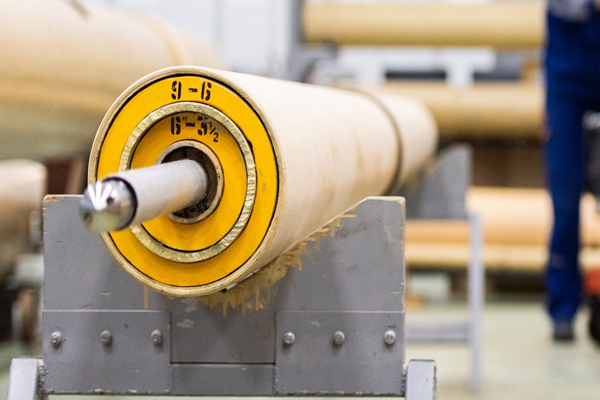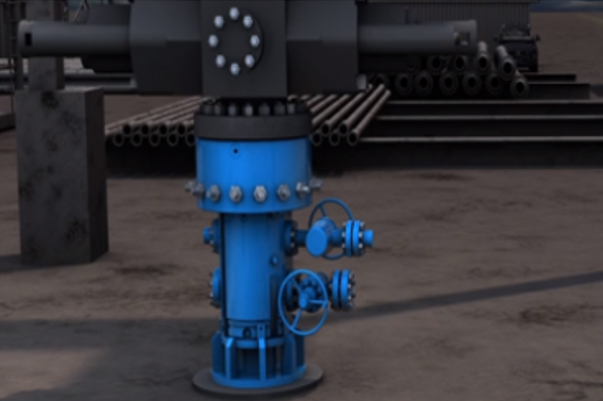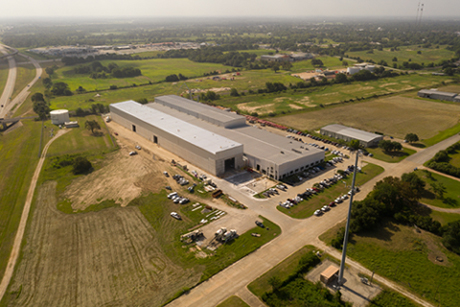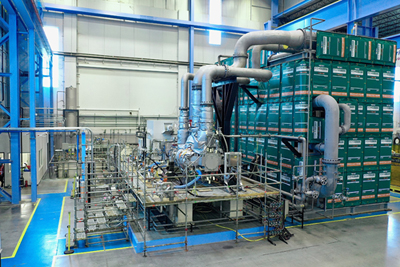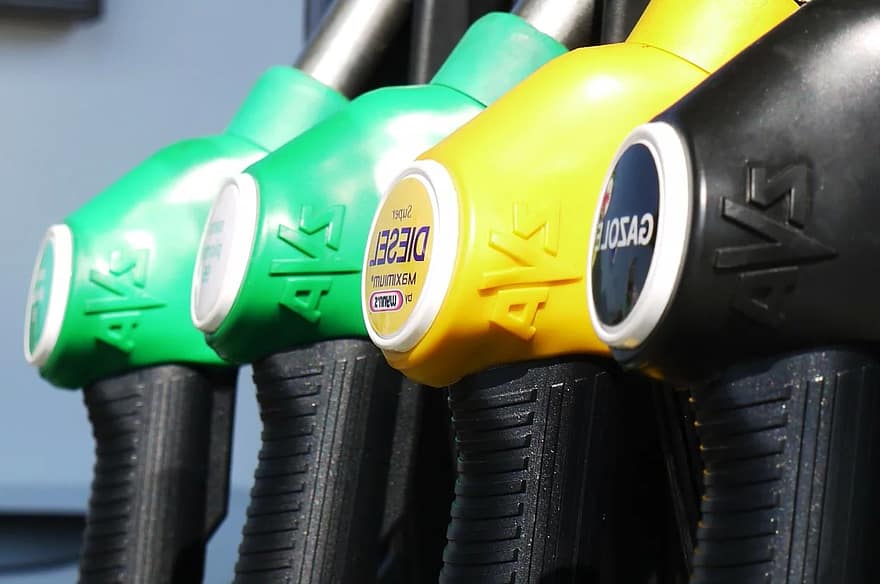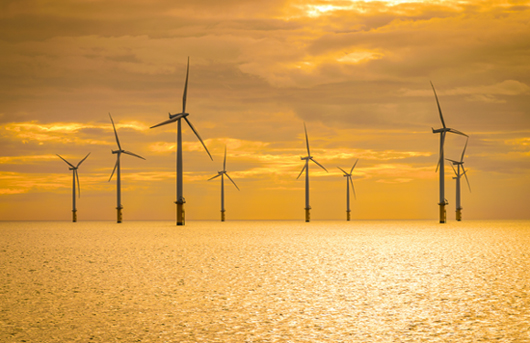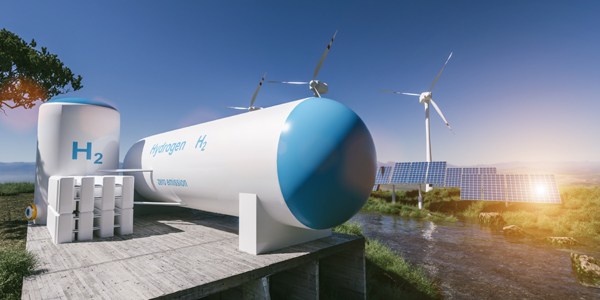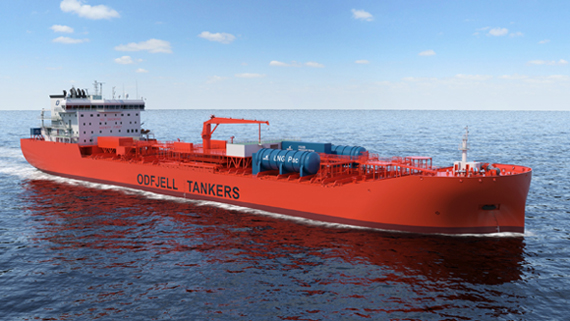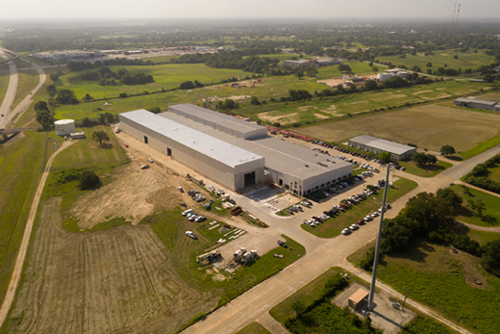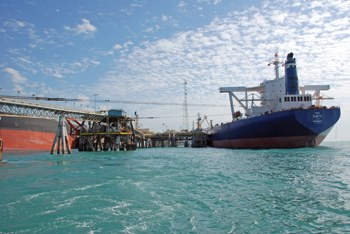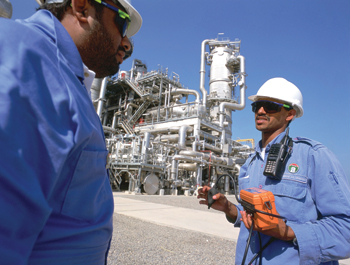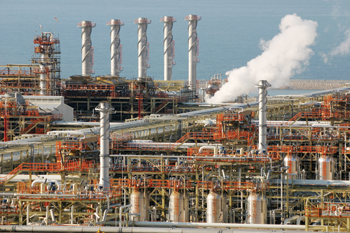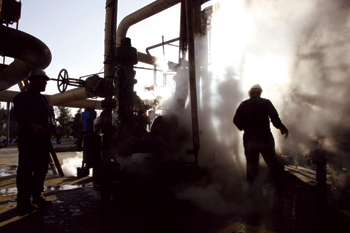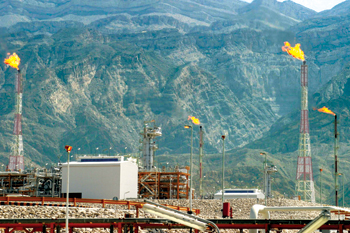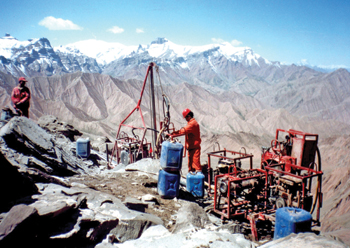
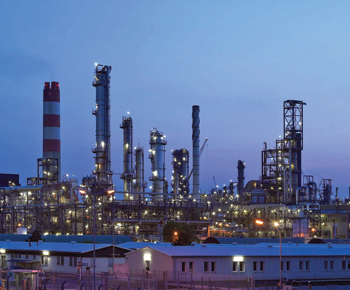 NIOC ... constrained by lack of technology
NIOC ... constrained by lack of technology
IRAN’S domestic consumption has been on the rise in the recent years. The country is also obliged to export a significant amount of gas to neighbouring countries.
The sanctions against the country have hindered Iran’s attempts to develop its natural gas sector and increase its production rate.
The sharp rise in domestic gas consumption rate and the slow pace of developments of infrastructures resulted in series of gas shortages in the cold months in the previous years.
So the country still relies on gas imports to meet its domestic needs.
The US Energy Information Administration (EIA) on its annual report about Iran’s energy sector released on July 22 said that the country accounted for less than 1 per cent of global natural gas trade in 2012.
In 2012, Iran exported 326 billion cubic feet and imported 188 billion cubic feet of dry natural gas, both via pipelines.
Iran relies on imports particularly during winter months when residential space-heating demand peaks during colder weather. Iran does not have the infrastructure in place to export or import liquefied natural gas (LNG).
The NIOC (National Iranian Oil Company) started construction projects in the past to build an LNG export plant, but most of the work has been halted, mainly because of the lack of technology and foreign investment, stemming from international sanctions.
Iran’s natural gas imports declined by roughly 50 per cent in 2012 compared with the previous year, reflecting substantially fewer volumes imported from Turkmenistan.
According to FGE, the US and EU sanctions interfered with financial transactions between Turkmenistan and Iran in 2012 and 2013, resulting in the decline of Turkmen gas imports.
In 2011, Iran received almost 30 per cent of Turkmenistan’s gas exports, but the share dropped to under 15 per cent in 2012. Nonetheless, more than 90 per cent of Iran’s natural gas imports still came from Turkmenistan in 2012, and the remainder was from Azerbaijan. Imports of Turkmen natural gas are essential to Iran’s ability to meet both seasonal peak demand and industrial demand in northern Iran.
Iran exports natural gas to Turkey, Armenia, and Azerbaijan. Almost 90 per cent of Iranian exports went to Turkey in 2012, and the remainder went to Azerbaijan and Armenia. Armenia uses the majority of imported Iranian natural gas to produce electricity at the Hrazden power plant. In return, excess base-load electricity generated from the Armenian Nuclear Power Plant (ANPP) is exported to Iran.
Iran’s exports natural gas to the isolated Azerbaijani exclave of Nakhchivan via the Salmas-Nakhchivan pipeline. In exchange, Azerbaijan exports natural gas to Iran’s northern provinces via the Astara-Kazi-Magomed pipeline.
In a report titled Natural Gas Exports from Iran, EIA estimated that the average revenues from Iran’s natural gas exports during the period July 2011 to June 2012 were approximately $10.5 million per day, or about 5 per cent of the estimated $231 million per day in revenues from crude oil and condensates exports over the same period. In 2010, natural gas exports accounted for less than 4 per cent of Iran’s total export earnings, while crude oil and condensates accounted for more than 78 per cent.
In 2012, Iran consumed an estimated 5.5 trillion cubic feet of dry natural gas domestically, an increase of 2 per cent compared with the previous year. The residential and commercial sector accounted for the largest share of dry natural gas consumption (34 per cent), followed by electric power (28 per cent), industrial (25 per cent), transportation (5 per cent), and other sectors (8 per cent), according to FGE.
While Iran’s domestic natural gas consumption has been growing in those sectors, domestically-produced natural gas is also central to Iran’s plans to increase crude oil production through EOR techniques.



